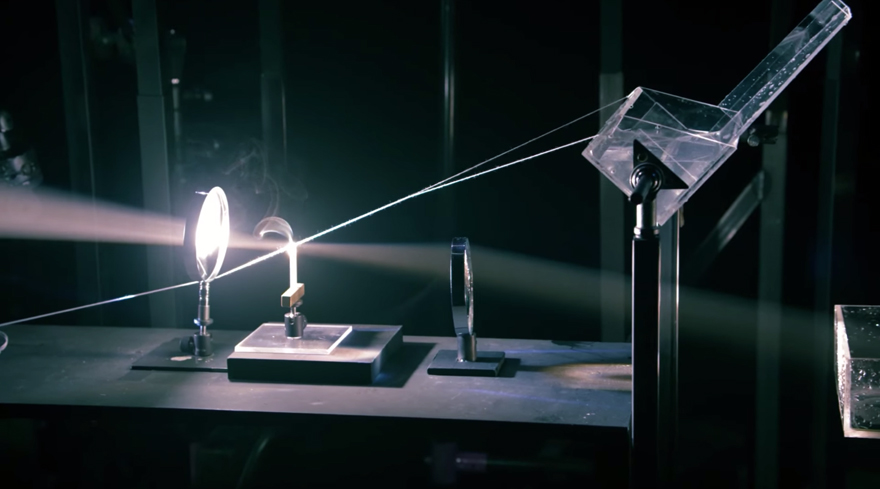 Photography by Anki Delfmann for Core77
Photography by Anki Delfmann for Core77
Burning Man is a bombastic playground for all participants, but it's paradise for the enthusiastic designer!
Starting with the preparation, no matter what you plan to do to get involved, what ludicrous costume you've thought up, or how good your survival equipment is, there will be tinkering and building, sketching, planning and teamwork. You might end up inventing the next generation of collapsible shade structures along the way, spend hours getting the heat sensor settings on your LED suit right, improve your dust mask for simultaneous karaoke singing, or sew the ultimate protection bag for your camera equipment.
On the Playa, it's time for co-creation and non-intentional design at its very best. The whole event is based on participation, so if you help to build a sculpture, engineer the best way to evaporate your gray water, or choreograph a new dance-based typography, you'll find creativity is oozing from all corners in Black Rock City. And the radical inclusion principle is both enjoyable and surprisingly productive.
Make sure to bring along your all-time favorite basics like lots of tape, markers, sugru, ziplock bags, hooks, clips, sewing kit, and the basic tools. There is use for everything, if not by you, then surely your camp neighbor. And the very best: once the event has started, there are no deadlines, no show stoppers, no best practices. And instead of blue sky thinking there are only blue skies.
Alongside all the productivity and involvement, don't forget to take lots of time to explore the art on the playa, and visit the many theme camps around you. There are some brilliant examples of experience design out there, and a lot of fun to be had. Imagine all your favorite classes in university thrown into the middle of the desert. Remove all requirements and grades, add some unnecessary decoration, stick an LED on it and always have a chilled drink at hand. Enjoy!
(more...)








 The more things change, the more they stay the same. Photos by Kyle Oldfield, winner of our
The more things change, the more they stay the same. Photos by Kyle Oldfield, winner of our 
















































